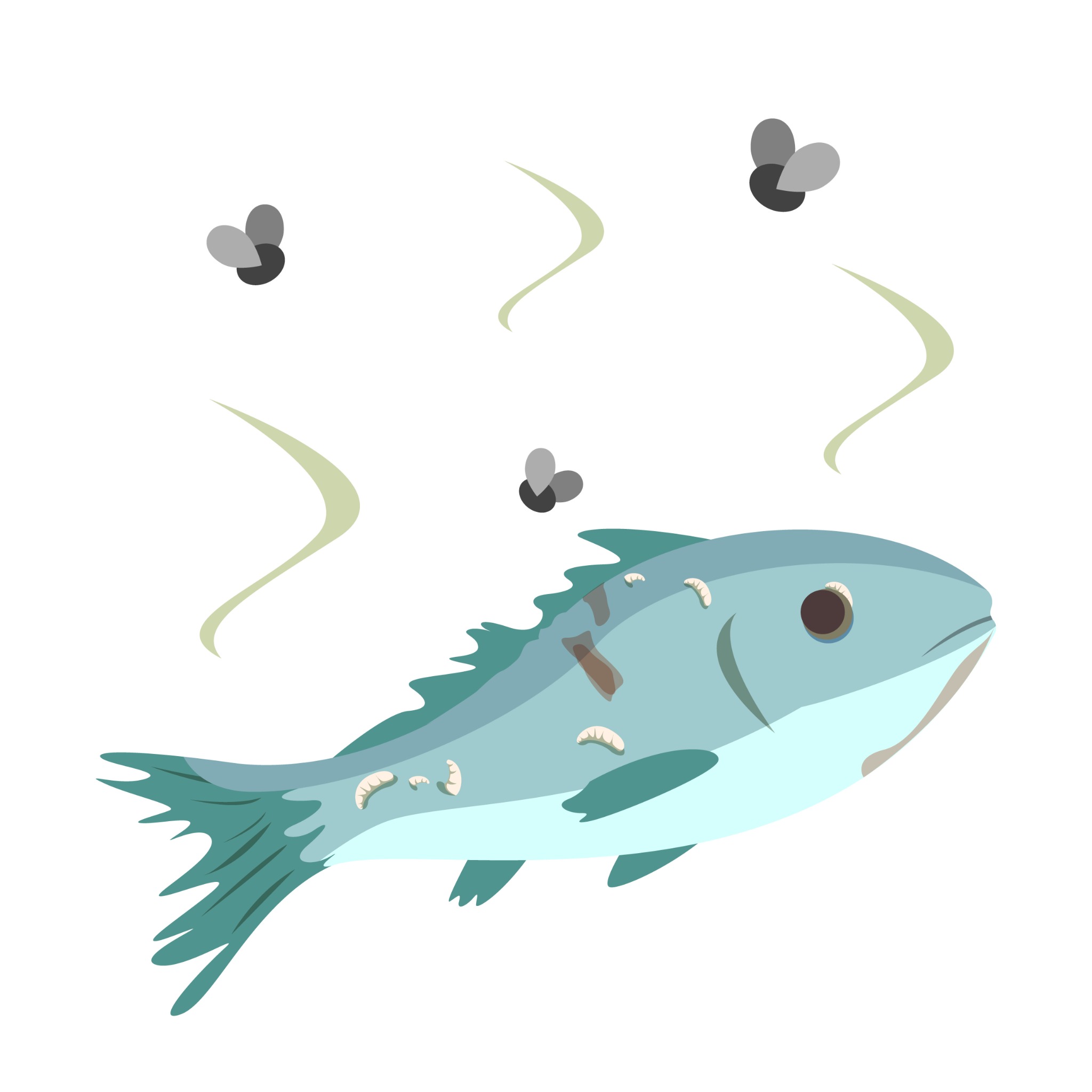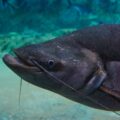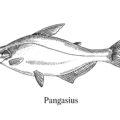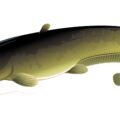The pangasius fish is unfortunately considered dangerous for humans by some countries. Not because it can attack humans but because it is toxic for humans to consume. The fish is a famous sport fish, but it is also consumed in some places, although many countries now believe it to be dangerous for humans.
Pangasius is a catfish shark species that grows medium to very large. It is found in South and Southeast Asian waters. Pangasius fish is a cheap fish that is eaten in Europe and Asian countries. Since it is cheap, it is popular among the general population.
However, the pangasius fish is not usually grown in Europe and is imported from other countries. The fish is mainly imported from Malaysia and Vietnam. This is where the claims started that the pangasius fish is dangerous to consume, especially for children.

What do these claims say about Pangasius fish?
Pangasius contains toxins
The first and most important claim is that the pangasius fish is toxic because of where it is grown. Most pangasius fish eaten are brought up in fish farms in Vietnam.
The first claim is that the fish is raised under poor conditions without proper food or space. The pangasius fish grows in stressful conditions, which is why it can contain a lot of diseases. The belief is most farmers do not care if the fish has diseases and will sell them anyway, which causes the diseases to transfer, and the pathogens in the fish can be harmful to humans.
Pangasius fish contains antibiotics and pesticides
Another claim is pangasius fish are given antibiotics to treat the diseases, which have chemicals that are harmful and dangerous to human health. There are also pesticides in the water where the fish are grown, which go into the body of the pangasius fish and, as a result, enter our bloodstream. Pesticides contain chemicals that can cause human toxicity, leading to many diseases.
Pangasius fish is treated to look bigger
After it’s cut open, the fish fillet is sometimes treated with citric acid and phosphate. This is done because it makes the fish look much more prominent in size than it is so that the sellers can get paid more. Now, these nutrients are safe when consumed in the right amount. After you wash the filet after coming home, the citric acid washes off, but phosphorus stays. In average amounts, phosphorus is good for you, but in excess, it can cause problems.
Pangasius fish is given chemicals to grow
There are even more chemicals used while growing the pangasius fish. There are chemicals used to grow the fish faster. In the wild, the pangasius fish has a lifespan of 20 years and grows slowly to reach maximum size. But while farming, chemicals are used to develop the fish quicker so they come to their full size in half the time. This isn’t good because these chemicals can stay in their bodies.
Pangasius fish is not nutrient-dense
Lastly, the pangasius fish is not an excellent option for healthy nutrients. Other fish, like salmon, have a high concentration of omega-3 and other valuable nutrients, but Pangasius does not. A 4-ounce fillet of Pangasius only has 15 grams of protein and 70 kcal energy. In contrast, a 4-ounce filter of salmon contains 24 grams of protein, which is almost twice as much, which is why it is not an excellent healthy fish.
Is pangasius fish dangerous to consume?
After reading about how the pangasius fish is terrible for you, you must think that the fish should always be avoided. Who wants all these chemicals in their bodies?
Well, before jumping to a conclusion, there are some more points to keep in mind. First, all fish contain some level of chemicals, especially when caught in the wild. The chemicals themselves are not the problem. It is the concentration of the chemicals in each fillet. The amount of fish that one person needs to eat before the pesticide levels in the fish become dangerous is between 3.4kg (7.5 lbs) and 166kg (365lbs) each day. Similarly, to get toxicity from the antibiotics and preservatives in the fish, the person needs to consume between 0.6kg (1.32lbs) and 303 kg (668 lbs) of Pangasius each day before there is any risk to their health. While the lower end of 1.32lbs could be possible most people would not continue to consume only one type of food over and over, but if you do you need to think about varying your diet to minimize potential risk to you.
This is even less of a fear if you live in a European country. This is because the fish is checked at the border by the health authorities to make sure that they meet all the health standards. The fish can also come only from the countries authorized by the European Union. If the level of chemicals is slightly high, the fish will be rejected and thrown out of the country instead of being allowed to sell. More fish from that region are subjected to more robust security measures and sometimes even banned from being imported. So, the chance of you eating a fish high in pesticides and antibiotics is extremely low.
Conclusion
Some countries believe that imported pangasius fish is bad for you because the fish can contain chemicals and could be less healthy overall. However, if you live in a European country, there is a very low chance of the fish having a high amount of chemicals. Pangasius is not consumed much outside of Southeast Asia and Europe so the possibility anyone in the United States of America would have any issue are very low.











